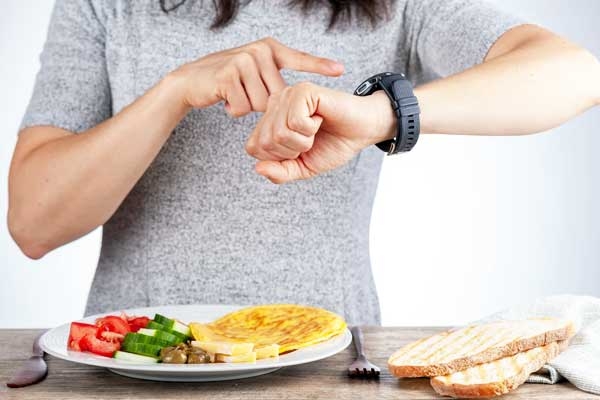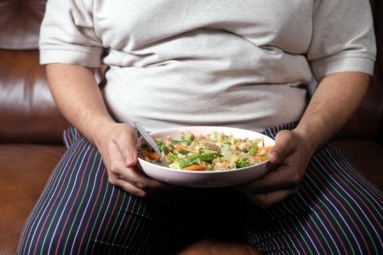
(Image source from: Canva.com)
Fasting is a common habit for people interested in fitness, those watching their diets, and individuals following religious or spiritual practices. While some people don’t eat anything at all, others might eat fruits, salads, or special meals meant for fasting. No matter the technique, specialists emphasize that how you end your fast is as crucial as the fast itself. A French biochemist recently discussed on a podcast that the initial foods consumed after fasting go directly into the bloodstream, which makes food choices very important.
She advises against starting with sugary or starchy foods, as they can lead to quick increases in blood sugar. Based on her advice, we consulted nutrition and health professionals about safe and balanced ways to break a fast. After fasting, the best foods are those rich in nutrients, simple to digest, and that won’t lead to blood sugar spikes. Experts suggest beginning with liquids like water, diluted lemon water, or bone broth to help rehydrate.
This can be followed by fruits such as berries or papaya for hydration and fiber, a boiled egg or Greek yogurt for protein, soaked almonds or olive oil for healthy fats, and lightly cooked vegetables. Warm soups or broths are comforting, particularly after extended fasts. This approach allows your pancreas to gradually manage insulin release, helping to prevent sudden blood sugar increases. After fasting, your body is more sensitive to insulin. Suddenly eating sugar or refined starches can cause a swift rise in blood sugar levels, followed by a sharp drop. This quick change can leave you feeling exhausted, irritable, and hungry again soon after eating. Foods like white bread, pastries, and sweet drinks can excessively stimulate insulin, encourage fat storage, and disturb metabolic balance. Sugary foods can also ferment rapidly in the digestive system, often causing bloating and discomfort.
After fasting, your digestive system is somewhat resting. The activity of digestive enzymes decreases, movement in the stomach slows down, and the stomach itself may shrink a bit. Eating a heavy meal that is high in fats, carbs, and spices right away is like gunning the gas in a cold engine. This can result in bloating, heartburn, cramps, or feelings of nausea. In unusual cases, especially after long fasts, eating too quickly might even result in issues with electrolytes and fluids, known as refeeding syndrome. Individuals with conditions like diabetes, high blood pressure, kidney disease, acid reflux, or heart issues need to be particularly careful. “Breaking a fast needs planning, not impulse.”
For those with diabetes, starting with high-glycemic foods like fruit juices or sweets can cause blood sugar levels to spike quickly, followed by a drop that may bring about tiredness, sweating, or even low blood sugar. Since the body's insulin sensitivity is heightened after fasting, it's essential to steer clear of those foods. It's better to choose low-glycemic, balanced meals such as moong dal khichdi with ghee, a boiled egg with sautéed spinach, or unsweetened Greek yogurt with chia seeds. Begin with plain water or coconut water, and stay away from sugary beverages. For individuals with GERD or stomach ulcers, heavy or spicy meals can worsen acid reflux. Avoid caffeine, acidic fruits, and fried foods during the first meal after fasting. Those with chronic kidney disease should also be cautious about their electrolyte intake. Foods like dates, bananas, and certain meats might need to be limited depending on kidney function.
High-glycemic foods such as white bread, candy, or fruit drinks create a quick increase in blood sugar, which is soon followed by a jump in insulin and a drop in energy a few hours afterward. On the other hand, complex carbohydrates such as oats or lentils, along with lean proteins, good fats, and fiber, help to slow down the absorption of glucose. Start your eating after a fast with a light snack, and then have your bigger meal one to two hours afterwards. This gradual method allows the digestive system to get ready and maintains consistent energy levels.







